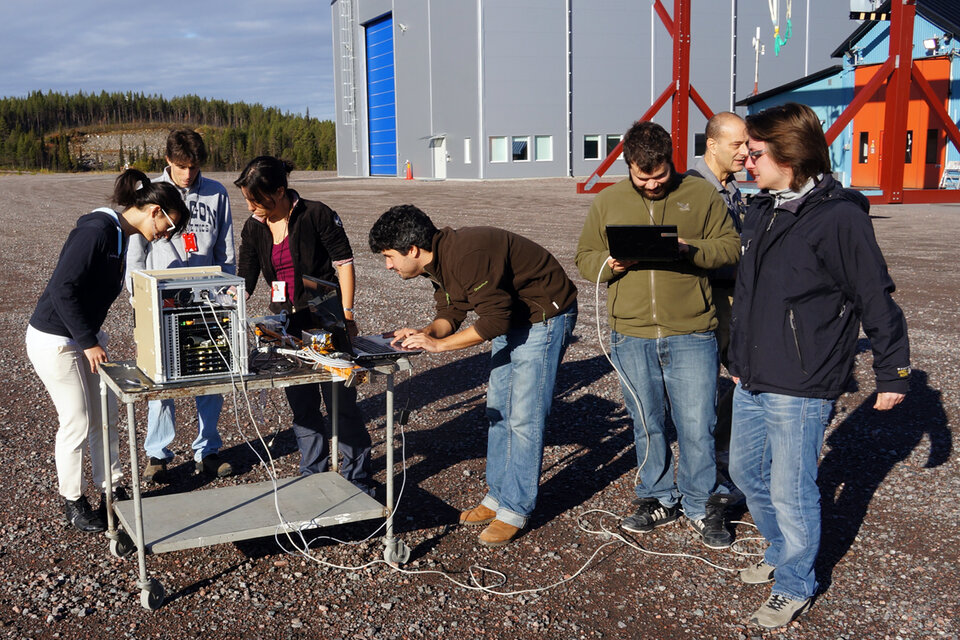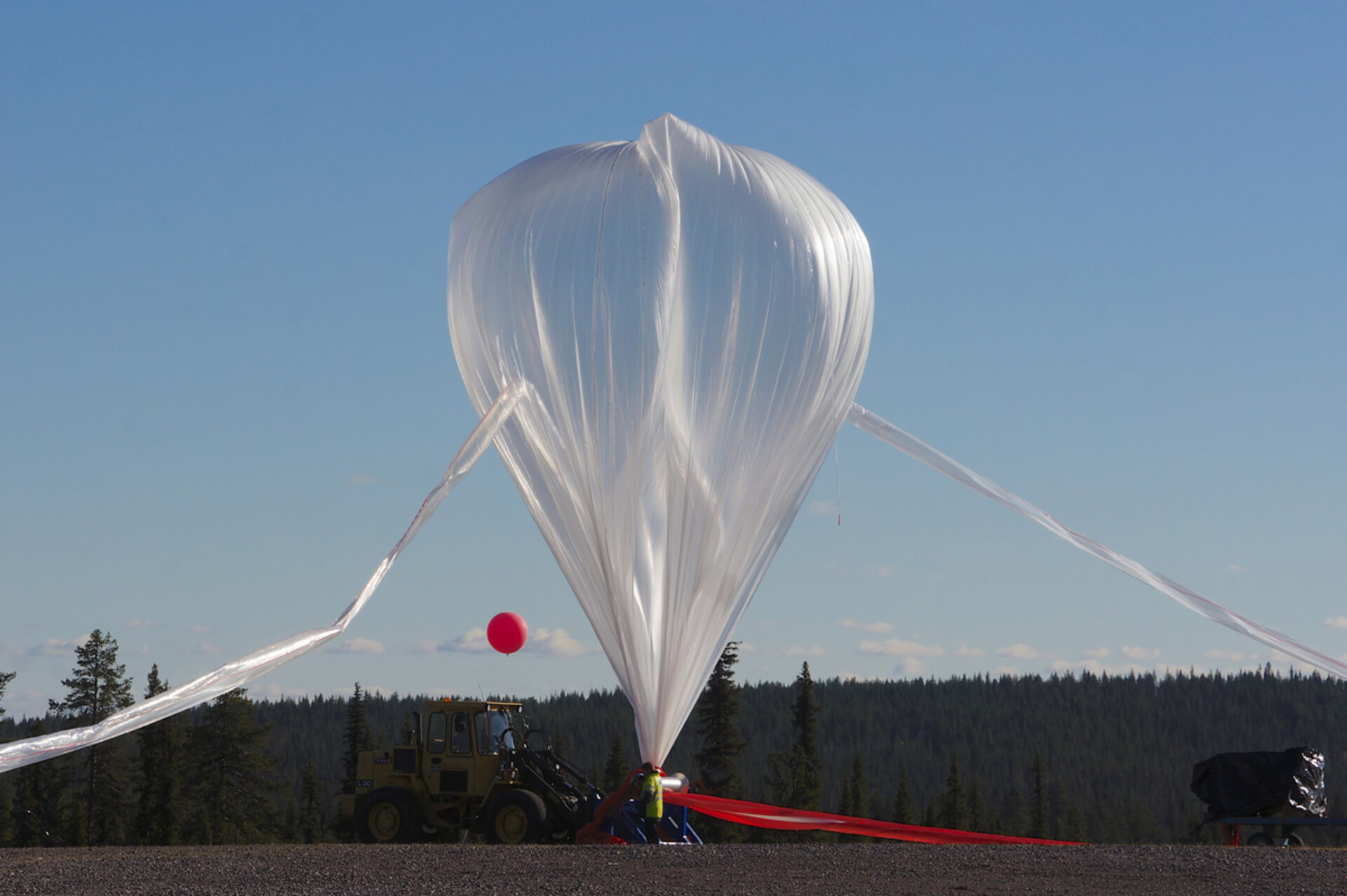Student experiments lift off on BEXUS balloons
This week, university students from across Europe saw their experiments lift off into the upper atmosphere on board the BEXUS 14 and 15 stratospheric balloons.
Both launches took place at SSC’s Esrange Space Centre in Northern Sweden. The different experiment objectives range from magnetic, electric and physical measurements of the upper atmosphere to the study of the local cosmic radiation field and the biological effects of ultraviolet radiation at high altitudes.
BEXUS 14 lifted off in the early afternoon of 24 September under clear blue skies. The students’ experiments were monitored with live telemetry, until the balloon was manually released. This lasted about three hours. The experiments’ gondola then returned to Earth with the use of a parachute from an altitude of over 28 kilometres. The telemetry received during the flight was excellent, and students were happy to report that their experiments functioned exactly as planned.

The student teams of BEXUS 15 began their final pre-launch preparations in the early morning of 25 September. After two short holds caused by rain and snow showers, BEXUS 15 finally lifted off at 12:18 CEST. After a 2-hour ascent phase, it reached its float altitude of around 25 kilometres. The balloon and gondola floated for about six hours until they were cut down.
After the experiment gondolas were recovered they were returned to Esrange, where the students are beginning to analyse the data acquired during the flights.
Background
The REXUS/BEXUS programme is realised under a bilateral Agency Agreement between the German Aerospace Center (DLR) and the Swedish National Space Board (SNSB). The Swedish share of the payload is made available to students from other European countries through a collaboration with the European Space Agency (ESA).
The call for proposals for the next round of BEXUS and REXUS experiments is now open. For details visit rexusbexus.net.




